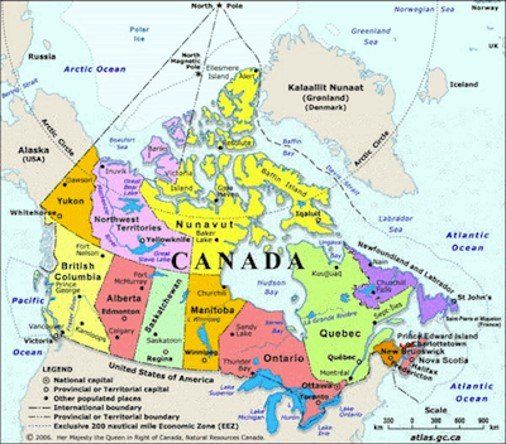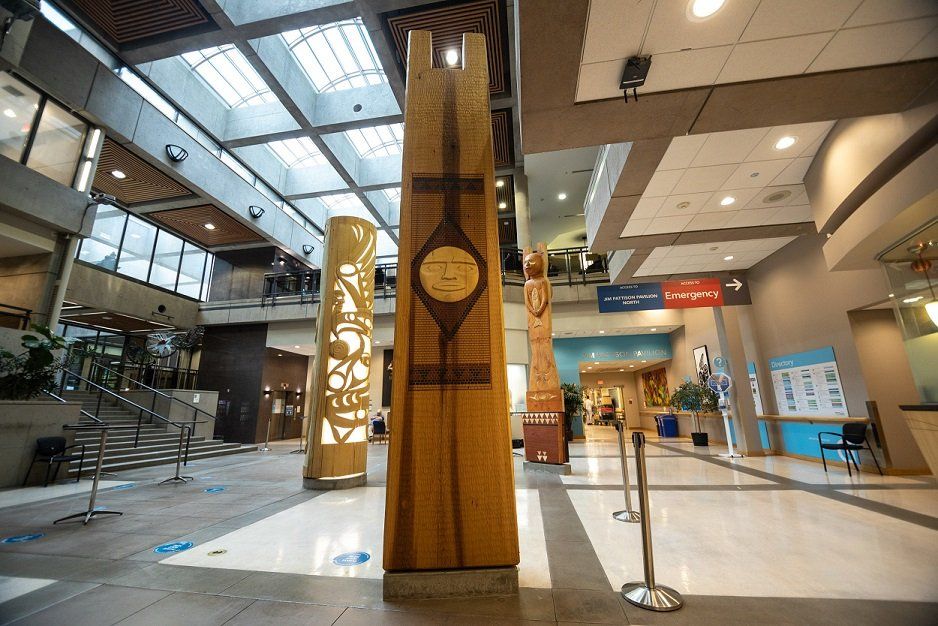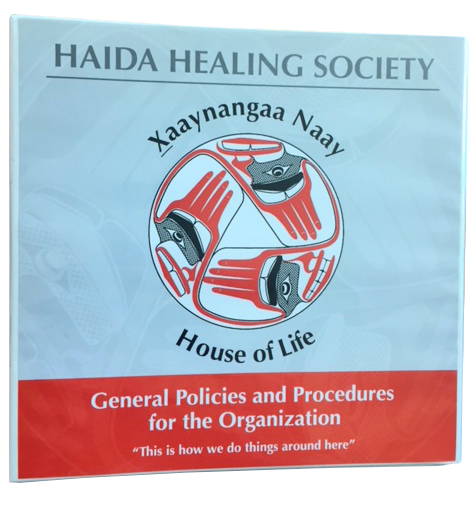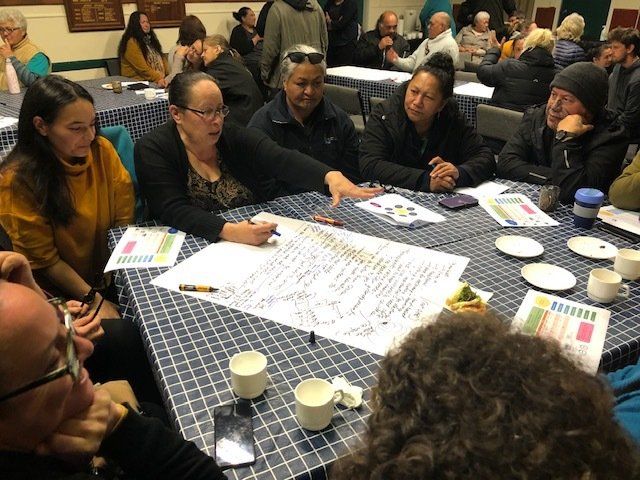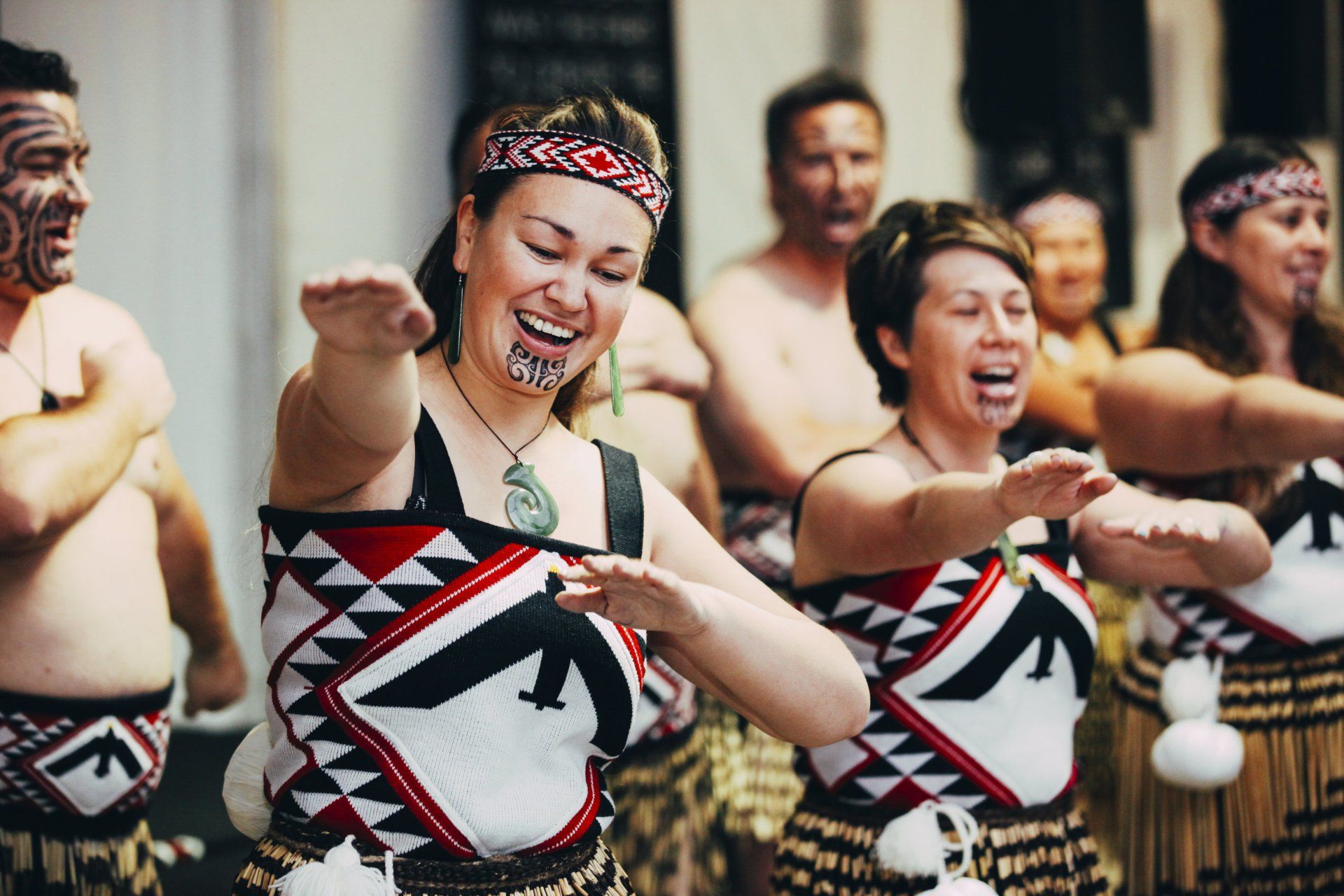SURVIVING A NATIONAL RESEARCH PROJECT
Planned logistics was key to getting across the 10 Provinces and 2 Territories of Canada.
In Canada we were contracted to undertake a national review of a programme specifically designed to support eligible First Nations to access a series of six health benefits (i.e. pharmacy, dental, mental health, medical transportation, vision and medical supplies). This project took us from the west to the east across 9 Provinces and 4 Territories. Canada is huge. From coast to coast it is about 6,500km. Canada is 37 times the size of New Zealand. It included 311 (71%) of all 439 First Nation communities in the nine regions who were invited to attend one of the 33 scheduled meetings across the regions. As well as community site visits KTCL supported the development and analysis of online provider surveys Just for the dental benefit alone, a total of 245 respondents completed the provider survey (with 8 respondents completing the survey in French). We worked with:
- Regional and local First Nations organisations
- Service providers who provided care for First Nations communities (such as dentists, nurses, physicians)
- Community leaders to host the meetings and disseminate information
- Community members who participated in the meetings
- Community caterers to provide food for community meetings
- A French translator for those Nations whose first language is French
- And behind all that we made good use of our company travel agent.
Our project staff did everything from locating venues, finding out travel schedules so that meetings could be timed appropriately to “get in and out” and getting in and out was definitely not as easy as we thought it would be. Some places were so remote we had to fly (from Vancouver) to a city in the Province or Territory, then catch a smaller plane or float plane and then sometimes drive or take a boat to the destination. And sometimes flights to remote places only occur every 2-3 days so you have to go in early – stay a couple of days – then have your meeting – then maybe wait a couple more days for the next flight out. I don’t think many people realise just how remote some First Nations communities are. But it was always worth it – to meet new people, real people, living off the land and their environment. Still heavily reliant on hunting and fishing (as often you couldn’t grow much in these dry or cold areas). I admired their survival instincts and ability to live off the land just as one imagines when you make that statement.
Many of these remote communities also don’t have accommodations like motels or hotels. So often the communities put us up in teachers houses or the nurse’s residences. Places where visiting health professionals stay when they come intermittently to provide services. But always no matter how remote – we were treated with dignity, respect and humility. In fact our New Zealand accents became quite a drawcard. People wanted to hear us speak – even if they didn’t really focus on the content. For some reason, most people like our accent!
We heard about Treaty rights (something we were quite familiar with from back home), Government falling short of meeting their needs, and the real impacts of lack of access to health care on families, elders, children and communities. Many stories were both heart breaking and frustrating. We wished we could have solved all the problems that communities faced.
We managed to finish this huge project and produce some very substantial and informative reports which carried the voices of the people, and influenced changes to policy, funding and programme access. For that we are very proud that our mahi made a difference to many people. But most of all we loved meeting all of the First Nations people who kindly hosted us, fed us, cared for us, shared their concerns and aspirations. We will be forever grateful for the chance to work on a project that actually had a real impact on people’s lives; for the chance to meet many First Nations peoples across Canada.
Search Posts
Sort by Category
Most Recent Posts
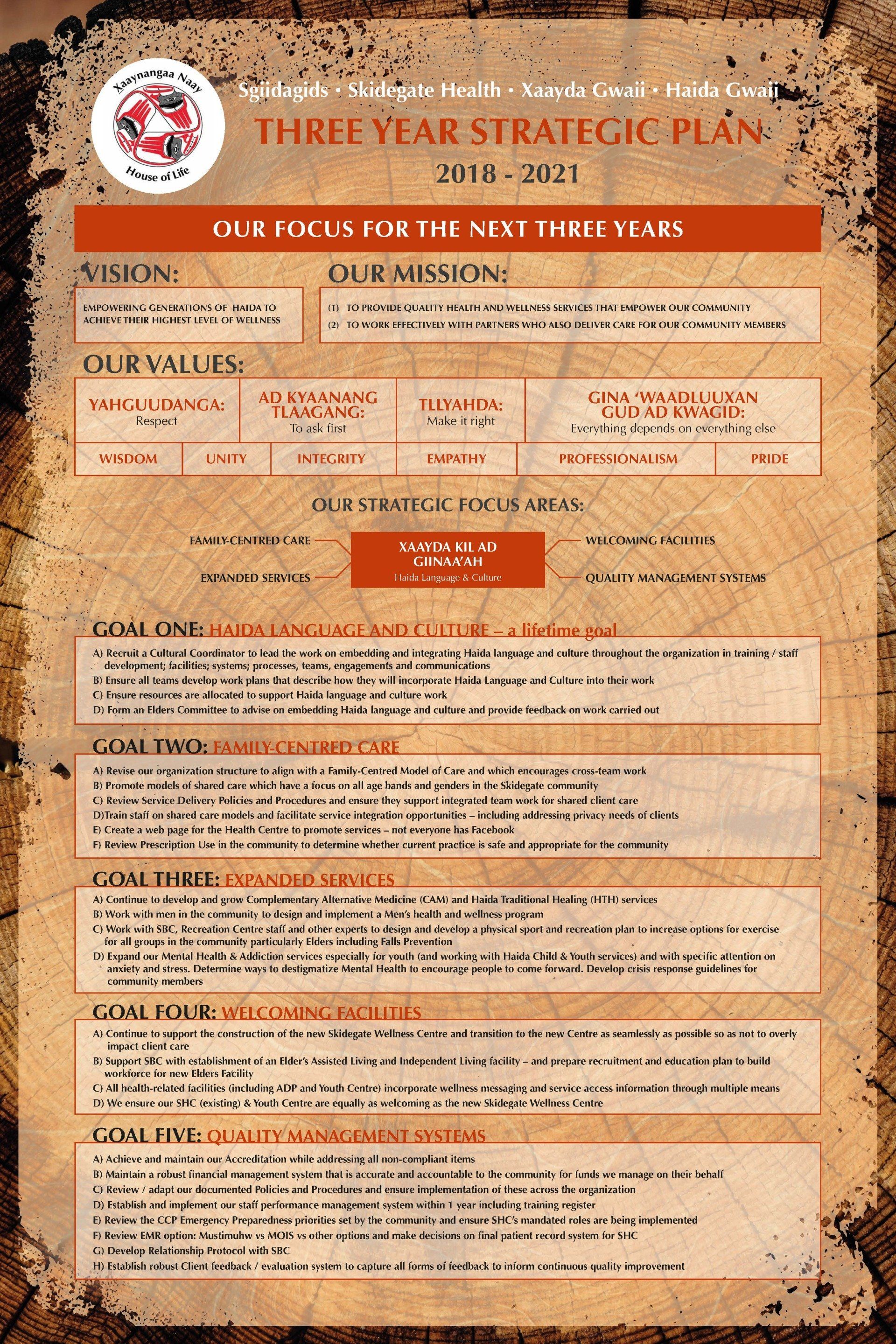
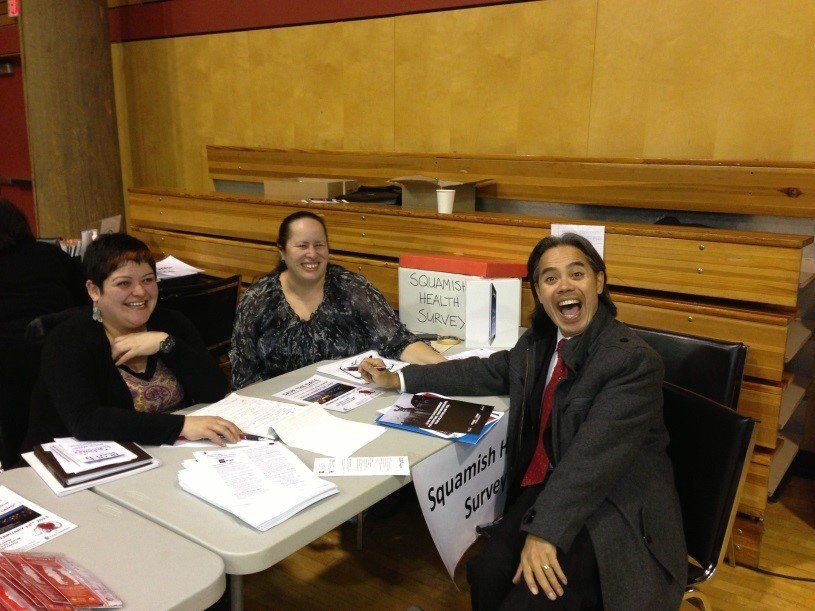
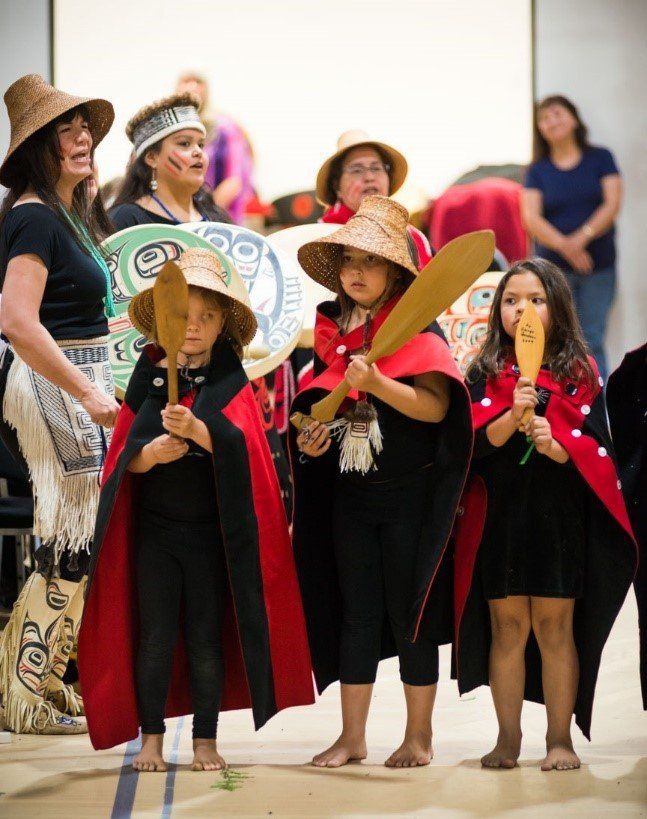
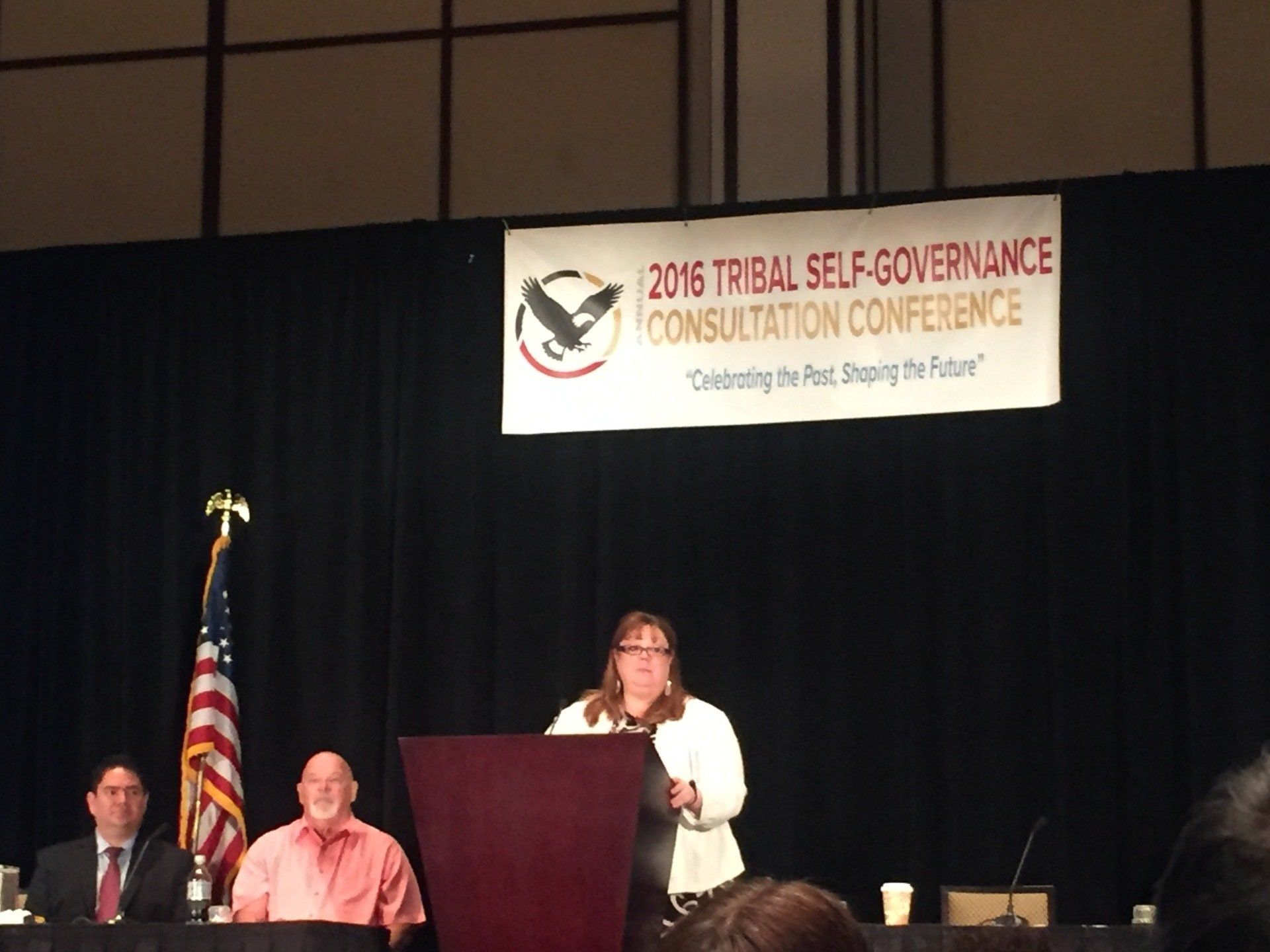
READ MORE POSTS
GET IN TOUCH
WE WOULD LOVE TO HEAR FROM YOU
Contact Us
Thank you for contacting us.
We will get back to you as soon as possible
Oops, there was an error sending your message.
Please try again later
NEW ZEALAND OFFICE
8 Birch Street,
Hilltop, Taupō 3330
Phone: 021 947 526
Email: mara@kahuitautoko.com
CANADA OFFICE
Unit 2601 - 717 Jervis Street
Vancouver, BC, V63 4L5
Phone: 1 604 569 1990
Cell: 1 778 837 2107
Email: careene@kahuitautoko.com
HAWAI'I OFFICE
Phone: 1 604 379 7526 (CA / US)
Email: mara@kahuitautoko.com
KEY STAFF CONTACTS
Mara (Director/Owner):
Phone: 0064 (0)21 947 526 (NZ) or 1 604 379 7526 (CA / US)
Email: mara@kahuitautoko.com
Careene (NZ Director / Senior Consultant):
Phone: 1 778 837 2107 (CA)
Email: careene@kahuitautoko.com
Patrick (Senior Consultant):
Phone: 0064 (0)21 131 9674 (NZ / US)
Email: patrick@kahuitautoko.com
Lisa (Senior Project Manager)
Phone: 0064 (0)27 353 5658
Email: lisa@kahuitautoko.com
TE TINI A MĀUI KAPA HAKA GROUP (Vancouver-based)
